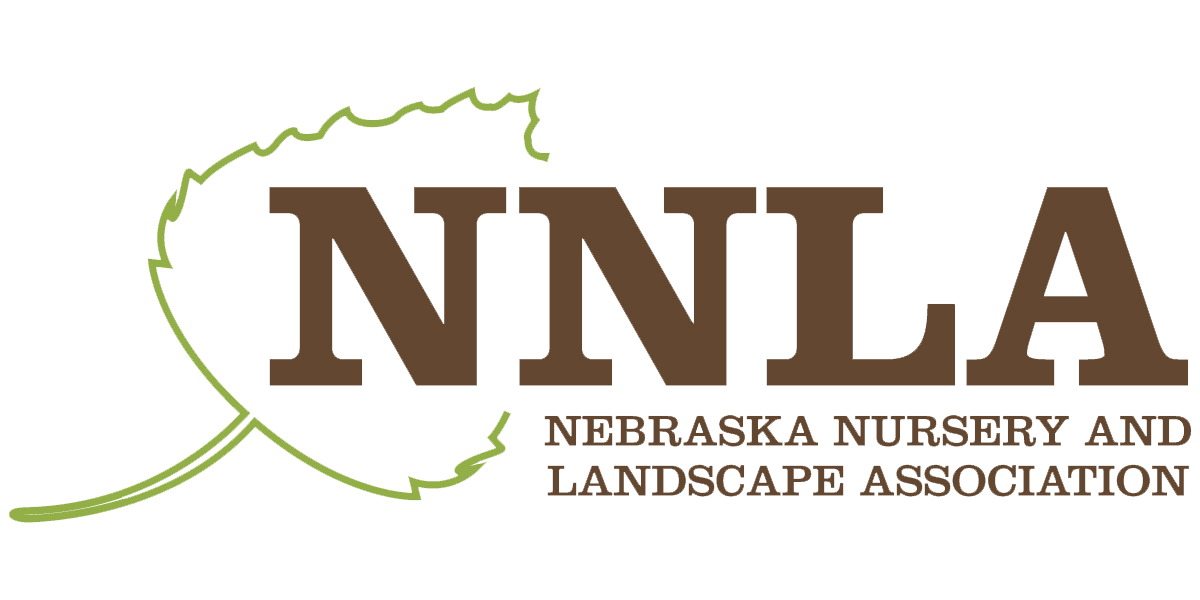Plant Native: Elderberry
American Elderberry, Sambucus canadensis
Height: 10-12’
Spread: 10-12’
Sun: full sun to part shade
Water: medium to wet soils
Elderberry typically grows in streambanks, moist woodlands, thickets, fence rows and roadsides. Large flat-topped clusters of small white flowers bloom in June and give way to clusters of black elderberry fruits in late summer. Raw elderberries are toxic but their berries and flowers are packed with antioxidants and vitamins and, once cooked, are recommended for use in easing cold and flu symptoms. They can be cooked into jams, jellies, pastries, pie filings, syrups and wine. The flowers attract a variety of pollinating insects and can be used to make a delicious tea or cordial and the berries attract other wildlife as well. In the landscape, it can become somewhat lanky and tends to sucker but pruning can help maintain its spread and appearance.
* Native plant monthly column from the Nebraska Statewide Arboretum, plantnebraska.org

